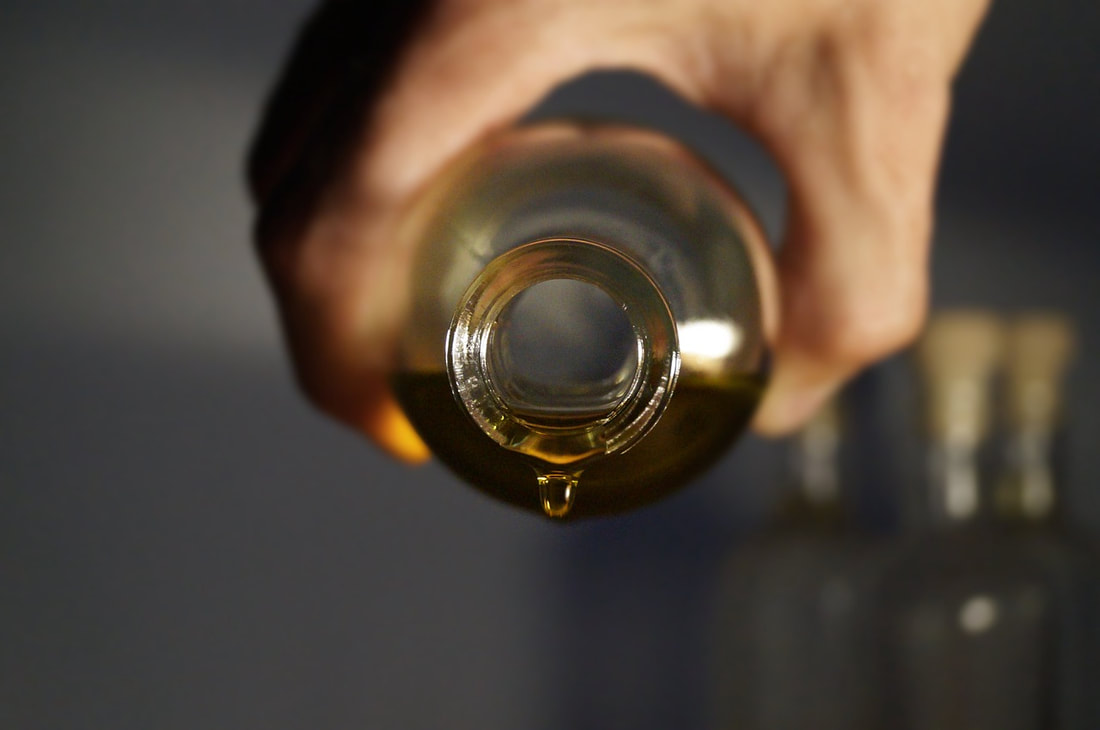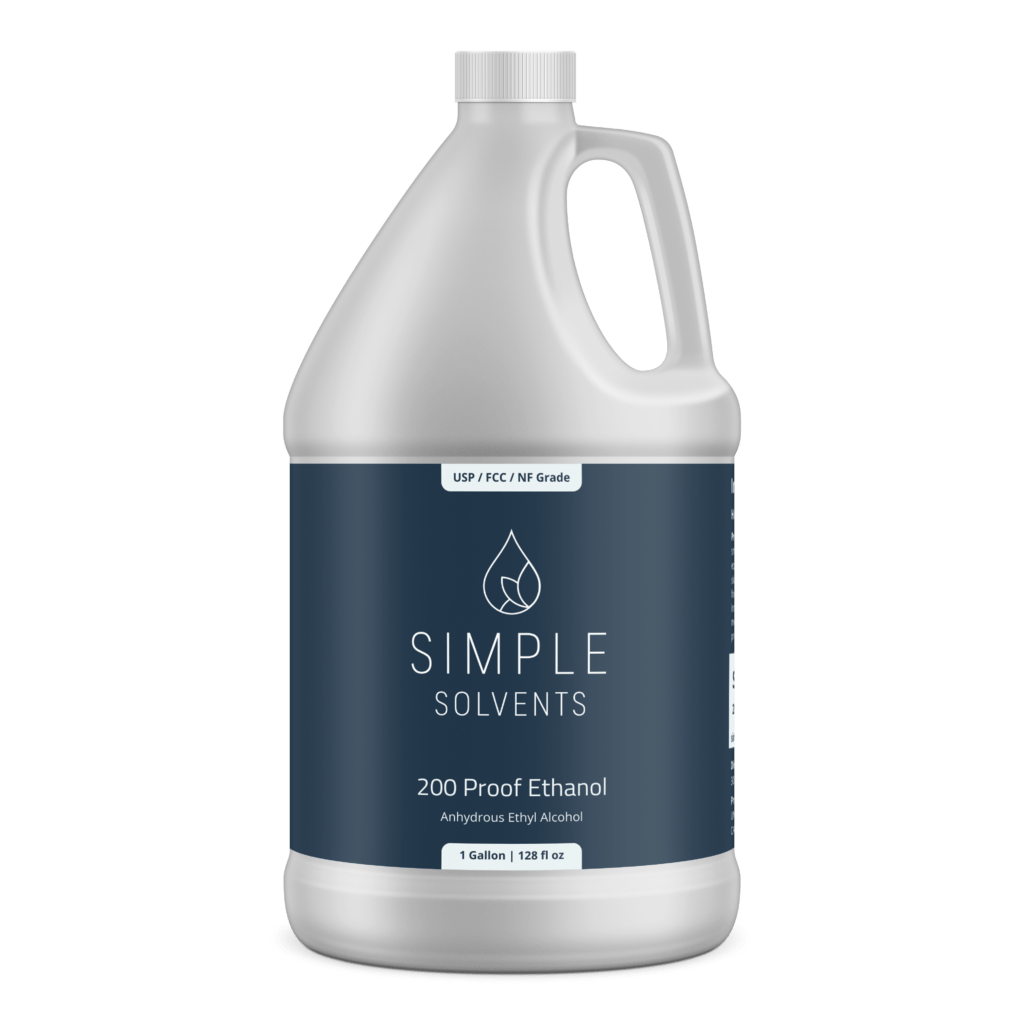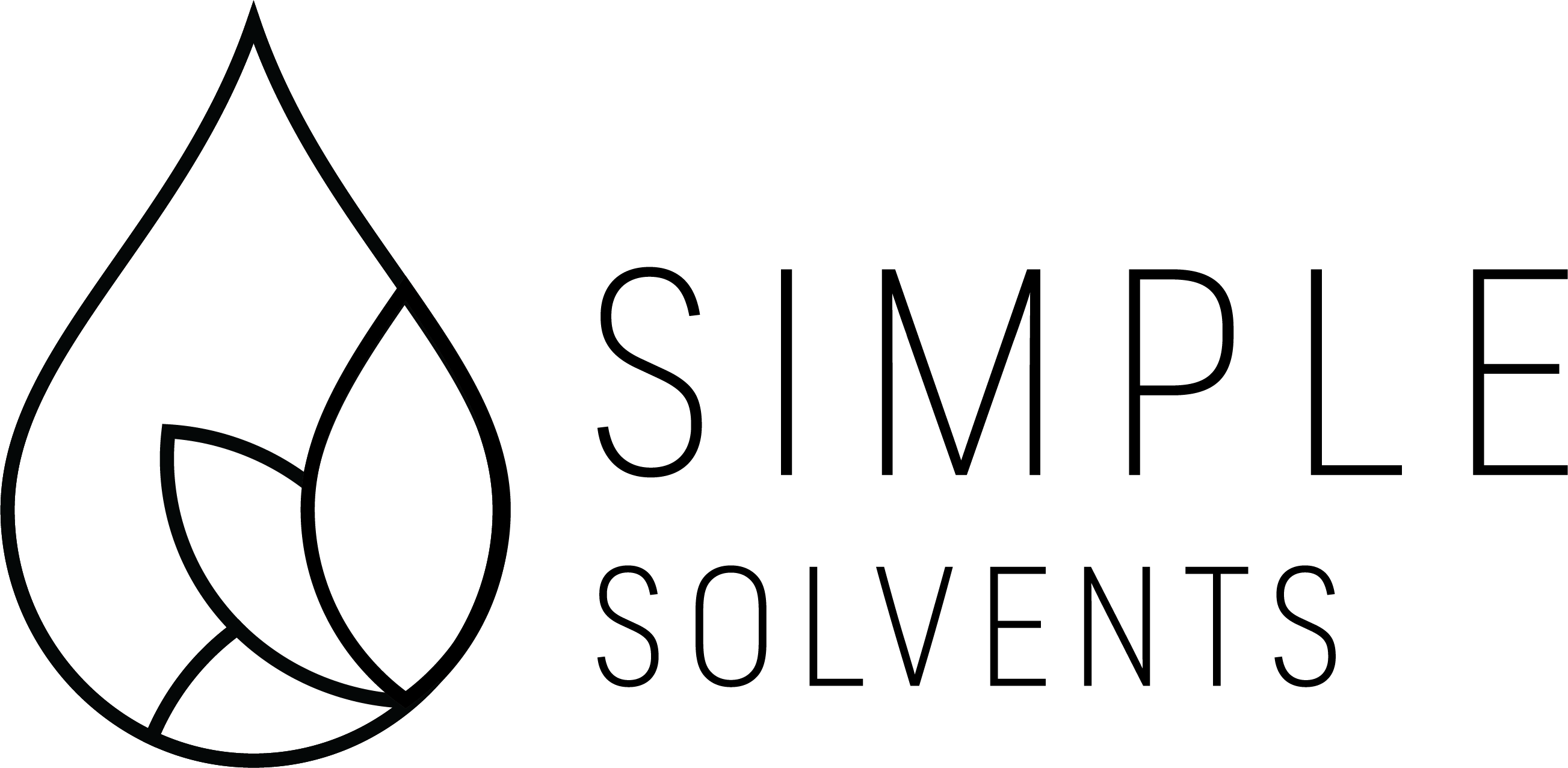Essential Oil Extraction with Ethanol

Essential Oil Extraction with Ethanol
Essential Oil Extraction with Ethanol, did you know that recreational alcohol use dates back 13,000 years ago? Now you know.
And have you ever bought cannabis oil, caraway seed oil, or lavender oil and wondered how companies make them? That process is possible through ethanol.
But why do they use ethanol to extract the essential oils? Below, you’ll find out everything about that and what steps to follow to get a premium product. Read on to learn more.
What Are Essential Oils?
Essential oils are aromatic substances found on plant parts, such as leaves, flowers, or roots. The compounds undergo extraction to produce low molecular mixtures with unique aromas and characteristics. Examples of constituents you’ll get from essential oils include alcohols, polyphenols, terpenoids, carbonyl compounds, and aliphatic substances.
Companies that use essential oils as additives include pharmaceuticals, cosmetics, food, and perfume manufacturers. That utility comes from the compounds’ function as natural dyes, preserving agents, fragrances, flavorings, supplements, and many more.
Why is Ethanol Used in Extracting Essential Oils?
Many companies use solvent extraction to obtain essential oils from plant material. And those processors prefer using ethanol.
That solution is efficient in extracting plant materials that produce tiny amounts of essential oil and those that are waxy and fragile when put under the intense heat and pressure of steam distillation. Moreover, alcohol extraction produces an end-product with an impeccable aroma compared to other oil extraction methods.
You produce a high-quality product and save money using the ethanol extraction technique. And that purification process is possible because ethanol is a polar substance with a high solubilizing capacity that dissolves those fats.

How Do You Use Ethanol for Extraction?
You need the following items when using ethanol extraction:
- A beaker or a large vessel
- Buchner funnel.
- An automated self-cleaning vacuum pump
- A vacuum flask
- Ethanol
- Filter paper
- Rotary evaporator
- Ultralow temperature freezer
- Dryfast diaphragm vacuum pump.
- Recirculating chiller.
Step 1: Soak the Plant Material
You submerge the plant parts with a generous amount of ethanol in this step, then leave the mixture in the ultra-low temperature freezer for 24 hours. The ethanol will dissolve all the emulsifiable constituents of the extract in that soaking period with high efficiency. However, if you use alcohol at room temperature in this step, you’ll have to follow up with winterization at the end (step 4).
Step 2: Filter Out the Biomass
Processors sieve plant materials on this step by using a vacuum pump, filter paper, a Buchner funnel, and a vacuum flask. After filtering out the plant biomass, you’ll obtain the extract and alcohol.
Step 3: Separate the Extract from Ethanol
Use a rotary evaporator to separate the mixture. That technique saves you time and helps you recycle ethanol for consequent procedures. The method works well when attaching the evaporator to a vacuum pump, which allows lower ethanol’s boiling point, allowing a smooth and fast separation.
Step 4: Further Purification using a winterization
When you winterize, you remove the fats, oils, and lipids present in the crude extract. The impurities discolor the distillate, making it unattractive and low value. Therefore, that process helps make the crude extract more transparent and purer for other manufacturing processes.
Other than a top-shelf end product, you’ll get the following benefits:
- You’ll manufacture a highly potent cannabis essential oil because of the increased concentration of cannabinoids derived from extraction.
- You’ll produce a spicier and more therapeutic scent because of the dense concentration of aromatic compounds.
- Winterization prevents the burning taste produced by lipid impurities when you consume a cannabis distillate from a vape pen.
The winterization process then involves mixing ethanol and the crude extract at a low temperature and leaving the solution for 24 hours. That step allows easier separation because of wax precipitation.
You then filter out the impurities using a vacuum and filter paper. Remember to maintain the sieving apparatus at a cold temperature to prevent re-solubilization.
Now you have the extract. But you’ll have to boil the mixture at 78 degrees Celsius in atmospheric pressure to remove the ethyl alcohol. You can then recycle the alcohol once it has evaporated. And finally, there you have it, your pure essential oil.
Conclusion
People use essential oils in the pharmaceutical, cosmetic, and food industries. Processors extract those oils from plant material such as leaves, roots, or stems. And they have to use food-grade alcohol to accomplish that effectively.
You’ll get high-quality essential oil when you follow steps such as soaking the biomass, filtering out plant material, ethanol-extract separation, and winterization. And you’ll end up satisfying your customers, thus more profit for you. Visit www.simplesolvents.com if you are looking for more information.
